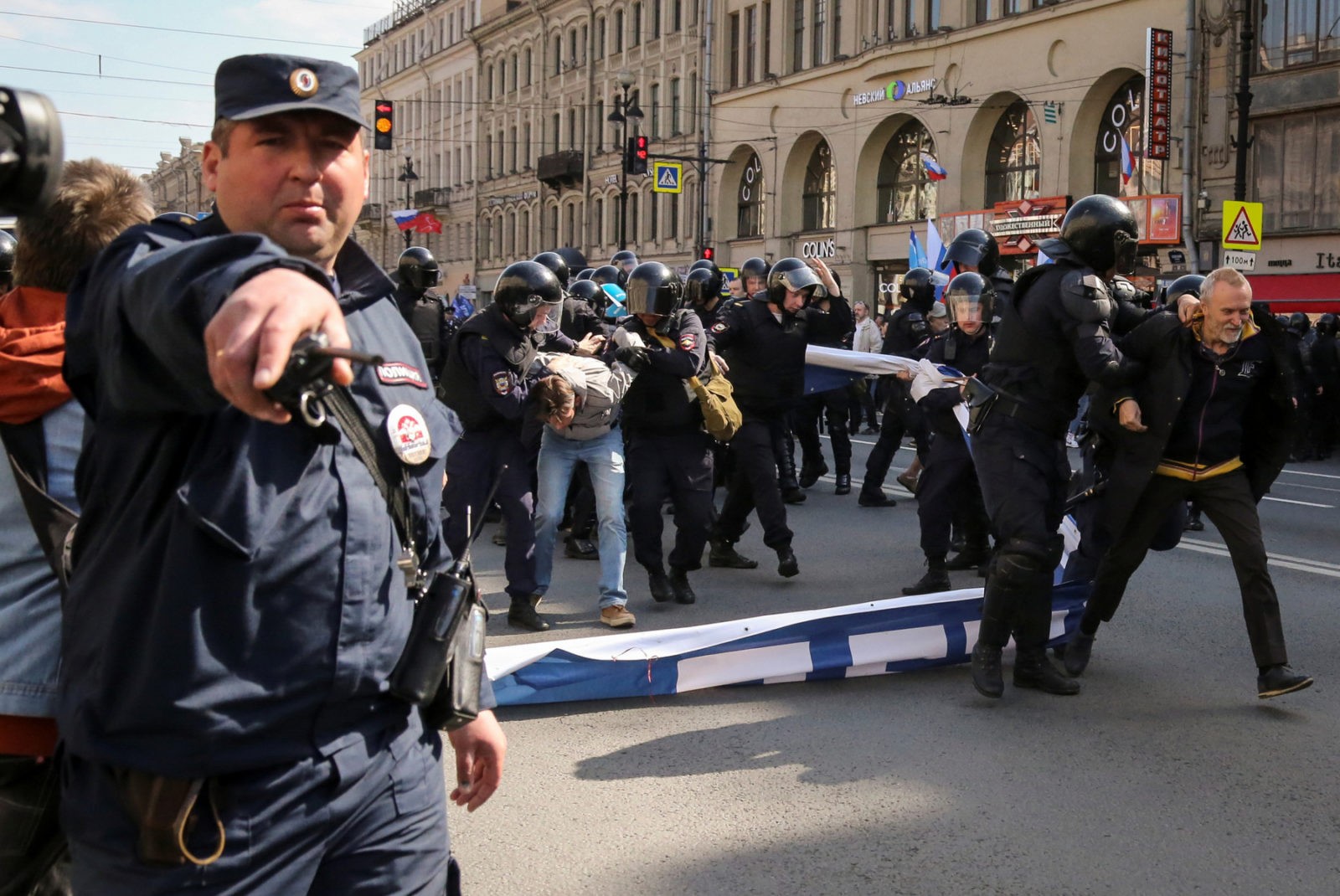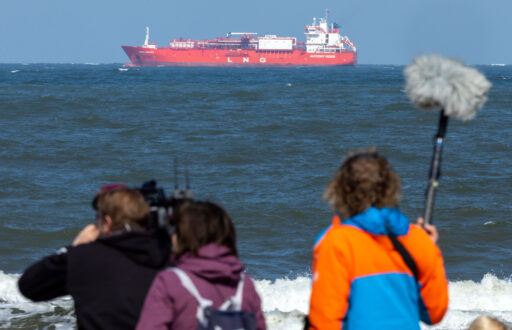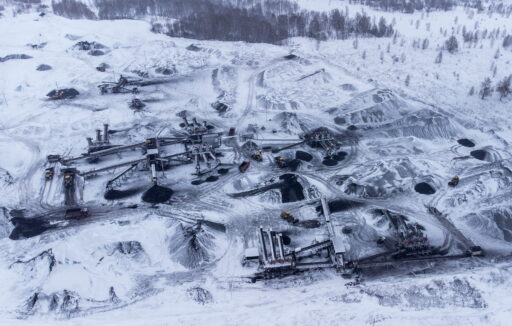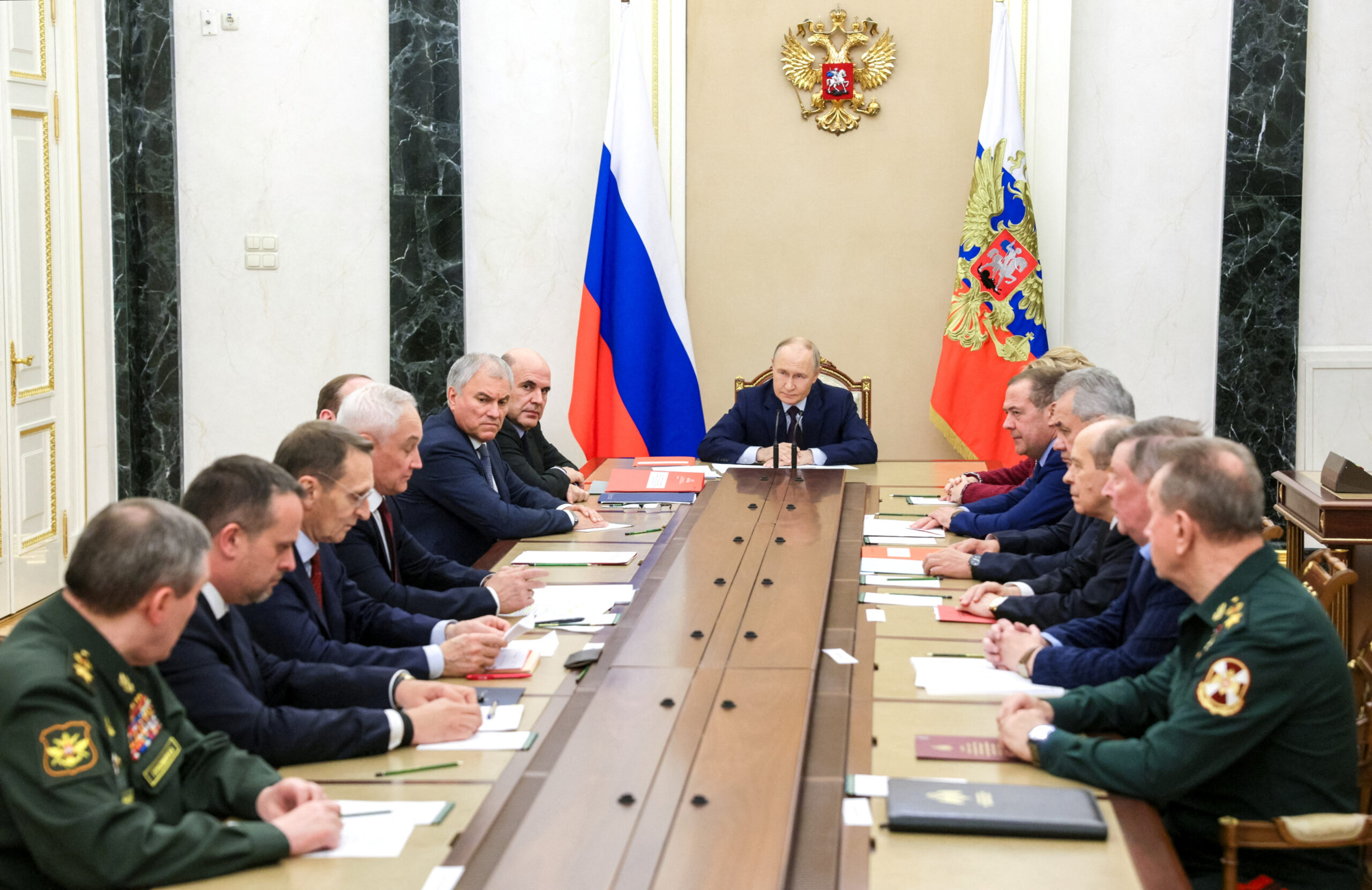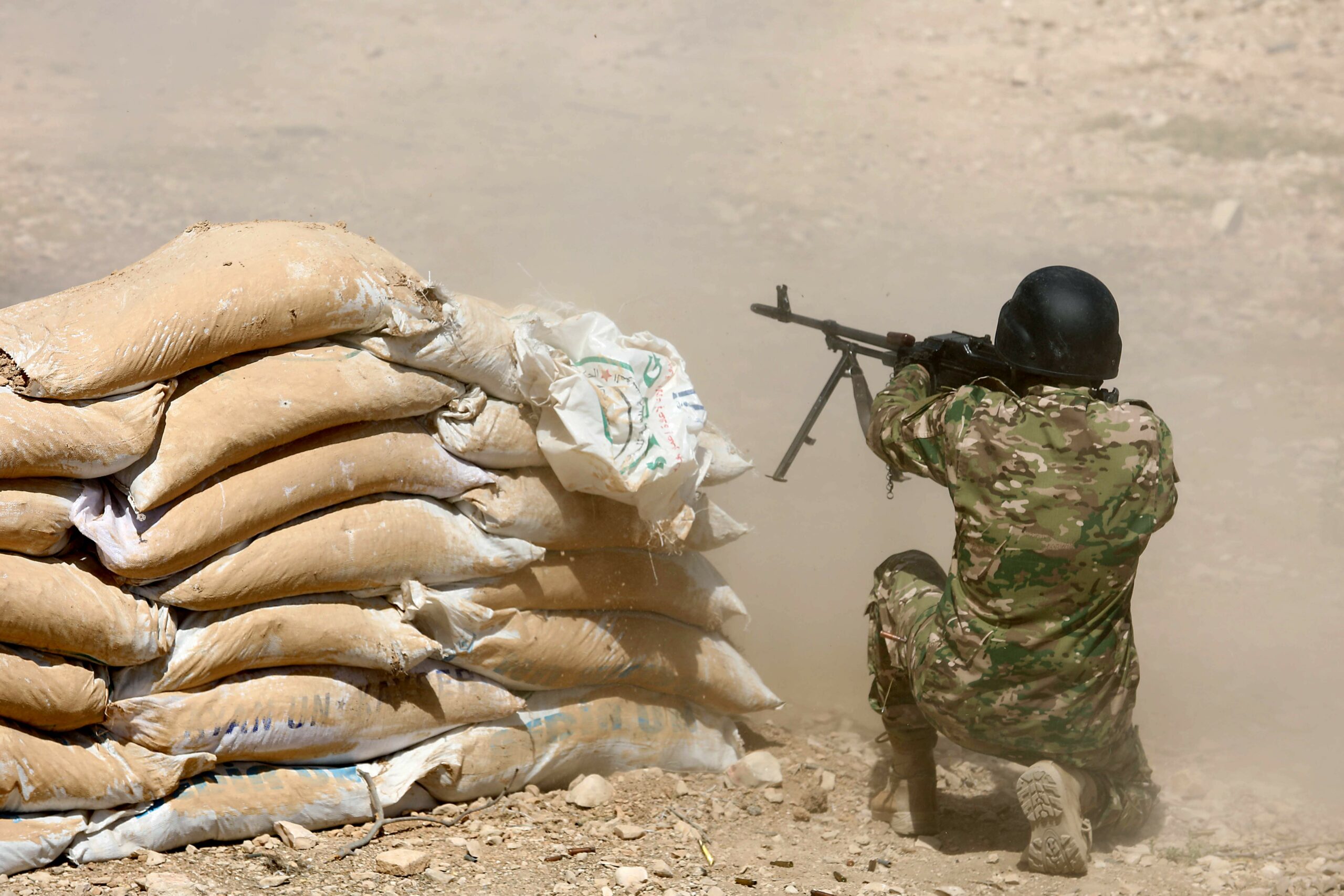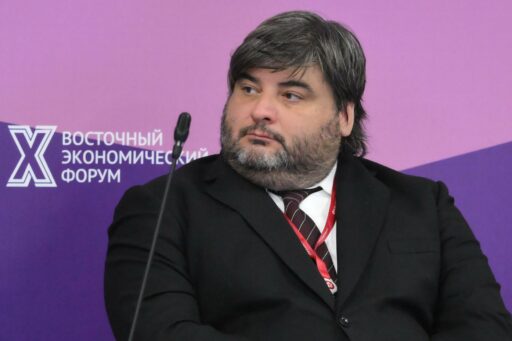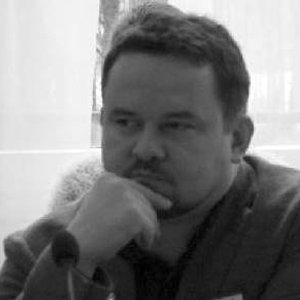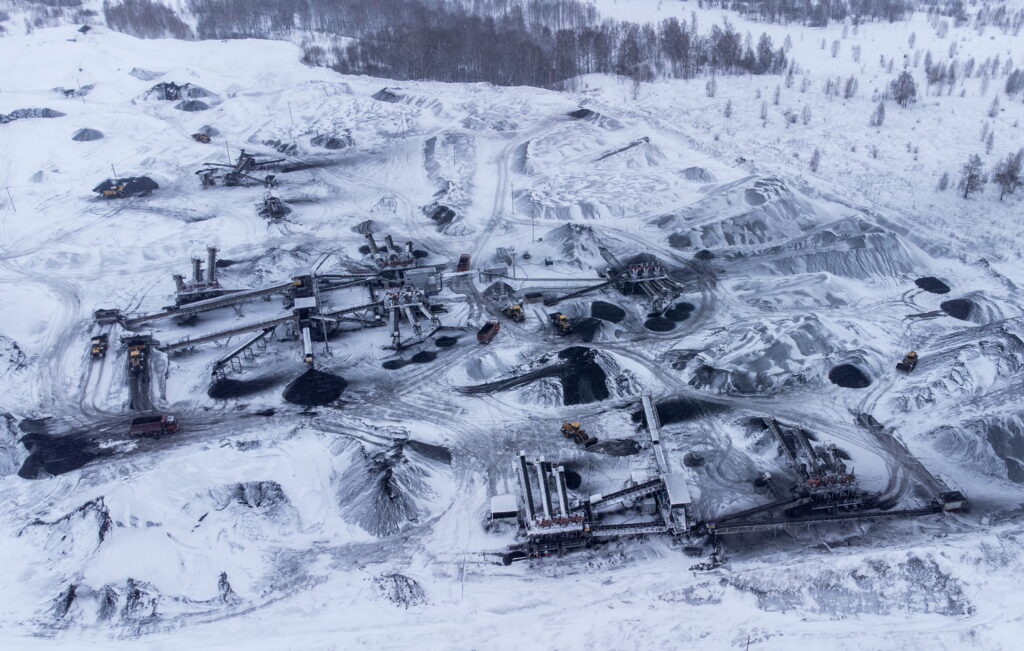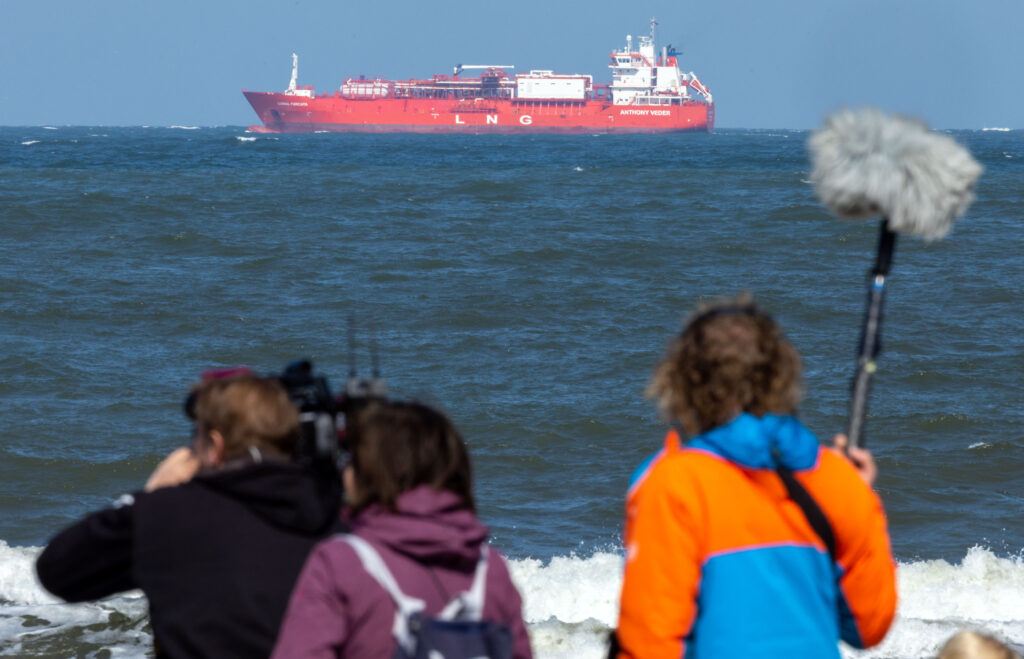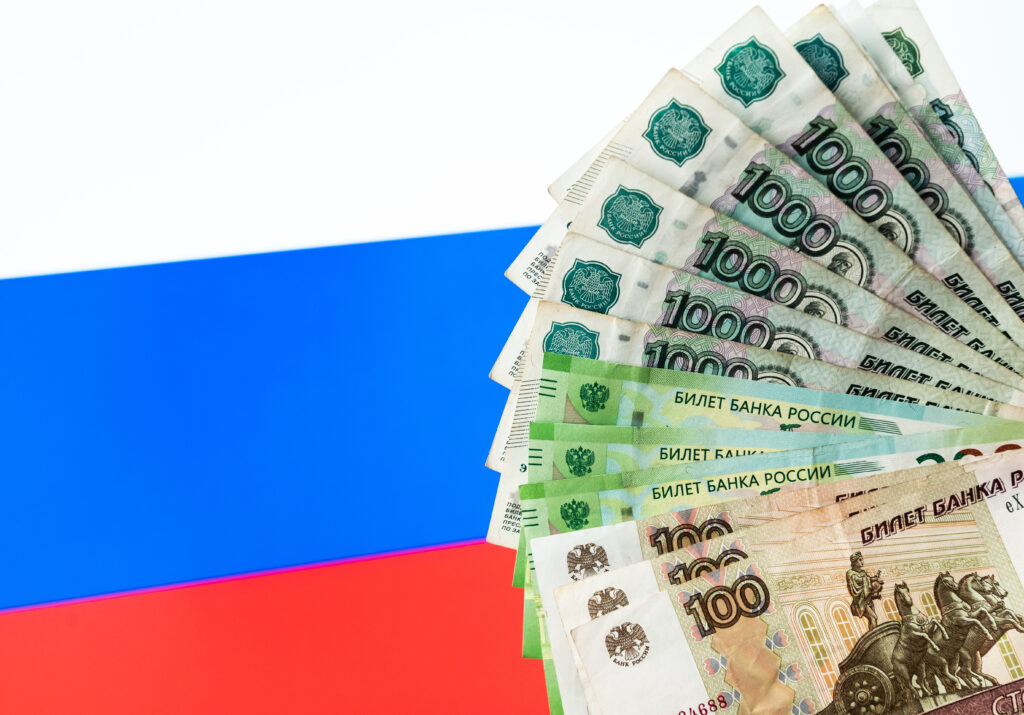In Russia today, the cost of stability is at an all time high. Today, the Russian authorities are compelled to dedicate more and more resources to overcome a growing crisis of confidence in their ability to govern efficiently. It is often remarked that sanctions, stagnation, endemic corruption at all levels of the “power vertical,” and the country’s technological and economic lag will inevitably lead to the collapse of the Putin regime. But are things really that simple? What is mentioned less often is the fact that these same factors may also help to preserve of domestic political stability. For example, the use of emergency powers, a strengthened determination to retain a hold on power, strong-armed economic methods to control poverty, and increasing emigration all play a role in stabilising the regime. These are troubled times, but troubled times present the powerful with new opportunities.
It is worth mentioning that Russia’s deteriorating economic situation has led to a convergence between Moscow and the regions. In absolute terms, the gap between incomes in the capital and elsewhere in the country decreased from 2.5 to 1.9 times by 2017. This means that in Moscow, once the epicentre of protest sentiment, the share of the middle class is declining and the number of people more or less dependent on state funds is growing (remember that the state has a share of up to 70% in the Russian economy.) Meanwhile, despite official statements to the contrary, the conditions for small business have become progressively more difficult over the past few years. We need only remember the “night of the bulldozers” in 2016 (when local authorities in Moscow tore down over a hundred “unregistered” kiosks and small shops – ed.) or the new “anti-money laundering” initiatives introduced this April, which allow banks to block “suspicious” accounts and blacklist them, while allowing them to withdraw money up to 20% of the account balance. As such, overall private debt is increasing; small and medium sized businesses are becoming increasingly dependent on external funds. This has important political consequences; it is undermining the economic foundations of many of Russia’s protest movements. The typical belolentochnik (White Ribbon protester – ed.) in the eponymous mass protests of 2012 was a Muscovite member of the middle class whose financial stability allowed him to participate in protests with relatively few repercussions, and to sponsor civic organisations and support other activists.
But that’s not the whole picture. Is there really a correlation between the dynamics of protest activity and public indebtedness? The Levada Center has recorded a gradual rise in protest sentiment. By 2018-2019, the share of Russians who declared their readiness to go out and protest for economic or political reasons exceeded 20%. At the same time, there is a significant difference between this mass readiness to protest, as recorded in the sociologists’ data, and their actual attendance at such demonstrations. Remember that in 2012, the share of those who declared their readiness to protest comprised a maximum of 17% for economic and 14% for political causes. Nevertheless, 2012 saw the highest levels of protest activity since the collapse of the Soviet Union. For example, the For Fair Elections protests of December 2011 were attended by at least 35-40,000 people in Moscow, according to independent estimates. Comparable numbers joined the March of Millions on May 6, 2012 and other protests over the course of that year.
The same dynamic could be seen in the Russian regions. For example, around 2-3,000 people simultaneously took part in a single rally in December 2011 in Barnaul, a city of 700,000 the capital of the Altai Territory in western Siberia, one of Russia’s poorest regions. But while protest activity in Moscow had fizzled out a year later, the next protest in Barnaul was only able to attract only a few hundred people, not counting those attending a nearby rally of the Liberal Democratic Party of Russia (LDPR.) In 2017, barely 3,000 people attended a demonstration in Moscow to commemorate the Bolotnaya protests of 2012. The crowds are no larger even in the most successful rallies organised by Alexey Navalny, one of the leaders of Russia’s extra-parliamentary opposition. At best, Navalny can call about 3,000 people onto the streets of Moscow or St Petersburg and proportionally far smaller crowds in other cities. These figures tell us that despite opinion polling showing a marked increase in protest sentiment, the number of people who are actually ready to take to the streets and attend a rally is now dozens of times smaller than just seven years ago.
How did the credit situation change from 2012 to now? According to a report from the World Bank, Russia’s cumulative debt sharply increased following the 2012-13 credit boom, peaking in 2014 and then exceeding that peak in 2018. Moreover, from 2015 onwards, the key rate of Russia’s Central Bank decreased; credit became more widely accessible. The Central Bank has since tightened some of its security measures when extending credit (including mortgage loans), but this does not change the fact that credit has become a necessity for ordinary Russians. They now require credit for most household expenses. The Central Bank itself has noted a marked acceleration in issuing credit; the number of loans granted to Russian citizens has almost doubled since 2017, despite rising interest rates. This could also indicate that many Russians are now so desperate that they have no other choice but to take on loans.
Meanwhile the number of overdue loans is slowly but steadily growing. Although banks give loans relatively rationally, this testifies to a deteriorating socioeconomic situation among the population. The growing number of individuals and small business owners filing for bankruptcy also attests to this worrying trend. One source even states that, as of January 2019, there may be as many as a million Russians teetering on the verge of bankruptcy, with total public indebtedness amounting to 13.5 trillion rubles in bank loans (according to data from RANEPA, the Russian Presidential Academy of National Economy and Public Administration.)
As far as economists are concerned, the current situation looks grim. But the authorities may take a different view; as we have seen, growing levels of indebtedness correlate very well with the decrease in protest activity. Of course, this does not mean that people are satisfied with the situation, but when their incomes mostly go towards loan repayments, the average Russian citizen begins to regard participation in public protests as much riskier and potentially much more expensive. They risk more than just having to pay a large fine; even a simple job redundancy due to an administrative arrest could have huge repercussions given that 32% of Muscovites and 43% of residents of the regions have no savings whatsoever. Losing a regular income or having to pay a hefty fine also jeopardises the wellbeing of their families; they could lose a mortgaged apartment, a car bought on credit, or fail to repay other consumer loans. Incidentally, this poverty and deep indebtedness appears to be an important factor ensuring that Russia’s private military contractors are supplied with new recruits, as interviews with these mercenaries have repeatedly shown. Looking for a way out of the grinding poverty of Russia’s regions, they ended up fighting in eastern Ukraine or Syria.
Given these constraints, mass protest is possible only once there is nothing left to lose. That is, once a significant part of the population is incapable of securing an income which allows them to make credit repayments. But even in this scenario, the state would probably still be able to reduce tensions through freezing repayments, more actively seeing through bankruptcy procedures, subsidising loans, or similar measures. Now even the most senior government officials are beginning to address this controversial topic by, for example, promising to institute retroactive effect of the law on mortgage payment holidays.
In the regions, things are even worse than in Moscow. Funding cuts there are particularly noticeable, given their deleterious effect on healthcare, education, and other public utilities central to the lives of small communities. In any case, there has been a steady decline of confidence in the authorities across the country. There is even less confidence in Vladimir Putin personally, as shown recently by a record drop in his approval rating. Experts attribute this to the deeply unpopular pension reforms, though disillusionment due to other unmet promises also plays a role. Furthermore, the waning of the “Crimea effect,” referring to the patriotic euphoria which followed the peninsula’s annexation in 2014, has also played a role. Despite these hardships, the actual participation rate of citizens in protests or opposition rallies in the regions remans much lower than in Moscow, even taking into account the different sizes of their populations. The mechanics of economic freedom, or lack thereof, help us understand these dynamics. As Milton Friedman wrote, personal and political freedoms can be fully realised only on the basis of economic freedom; the current situation in Russia deprives citizens of precisely that. Furthermore, the lack of economic coercion helps explain why the age structure of protesters has changed; if the protesters of 2012 were mostly people of middle age, then Navalny’s anti-corruption protests have mostly attracted younger people.
However, the economic situation and the poor prospects connected to it also affect young people, although a little differently. The desire to emigrate is now at record levels in recent decades, illustrating the fact that Russian citizens are well aware of the difference between development and stagnation, and that they harbour no illusions about what steps the authorities will take in future. Importantly, this growing desire to leave the country does not bode well for protest activity over the coming decade. Since 2012, the most active and youngest section of the population has chosen flight over fight, choosing to find a better future “over there” instead. Even the raising of the retirement age did not bring thousands of angry citizens onto the streets, probably because few of them had seriously expected to receive pensions anyway (least of all in the regions.) Meanwhile, demographic trends ensure that number of pensioners continues to grow. However, these pensioners will not rebel until they are deprived of benefits or indexed pensions.
But some ordinary Russians continue to put up a fight. At first sight it may appear as though the protests which on May 13 in Yekaterinburg do not fit this explanatory model. The discontent, which erupted at plans to build an orthodox church in a popular park, seems to be deep. In fact, the discontent is so deep that federal media have studiously avoided any mention of the exact number of protesters; a true sign that trouble is afoot. Local activists and some publications have reported that thousands of people have taken to the streets. Nevertheless, the protest in Yekaterinburg responds to a local agenda and local grievances about undue intrusion into public space. The population thereby protects its own wellbeing, which is also tied to the value of their apartments or mortgages which are directly affected by living conditions in the city. This dynamic again speaks to the relevance of the proposed explanatory model. Just as it was with the movements to save public parks in Moscow or against a landfill in Volokolamsk last year, it is also obvious that the protest in Yekaterinburg is unlikely to become a catalyst for larger events. In this case, the Kremlin is well aware of the protesters’ “material” motivations so has responded very quickly: Putin has already signalled to regional authorities that they must take into account the interests of “everybody who really lives there.”
Therefore, there are no grounds to expect a serious increase in real protests in Russia in the near future. By the skilful direction of its dissatisfaction and frustration, the population can be kept manageable even while suffering from extreme poverty. Managed poverty thus becomes a political instrument in its own right. But in the long run, even managed poverty becomes unprofitable; a reduction of investment in human capital leads to lost opportunities in development. Yet it seems that the regime in Moscow is still well supplied with domestic political stability. Consequently, we should not expect more protests, but further stagnation and a creeping expansion towards total “state capitalism.”
